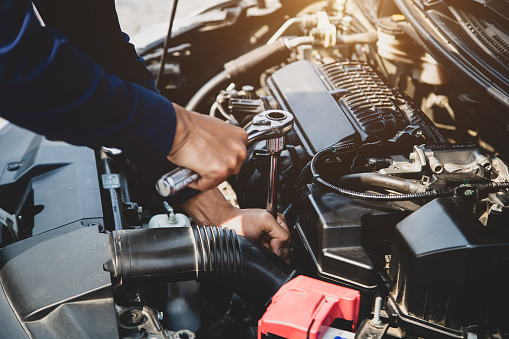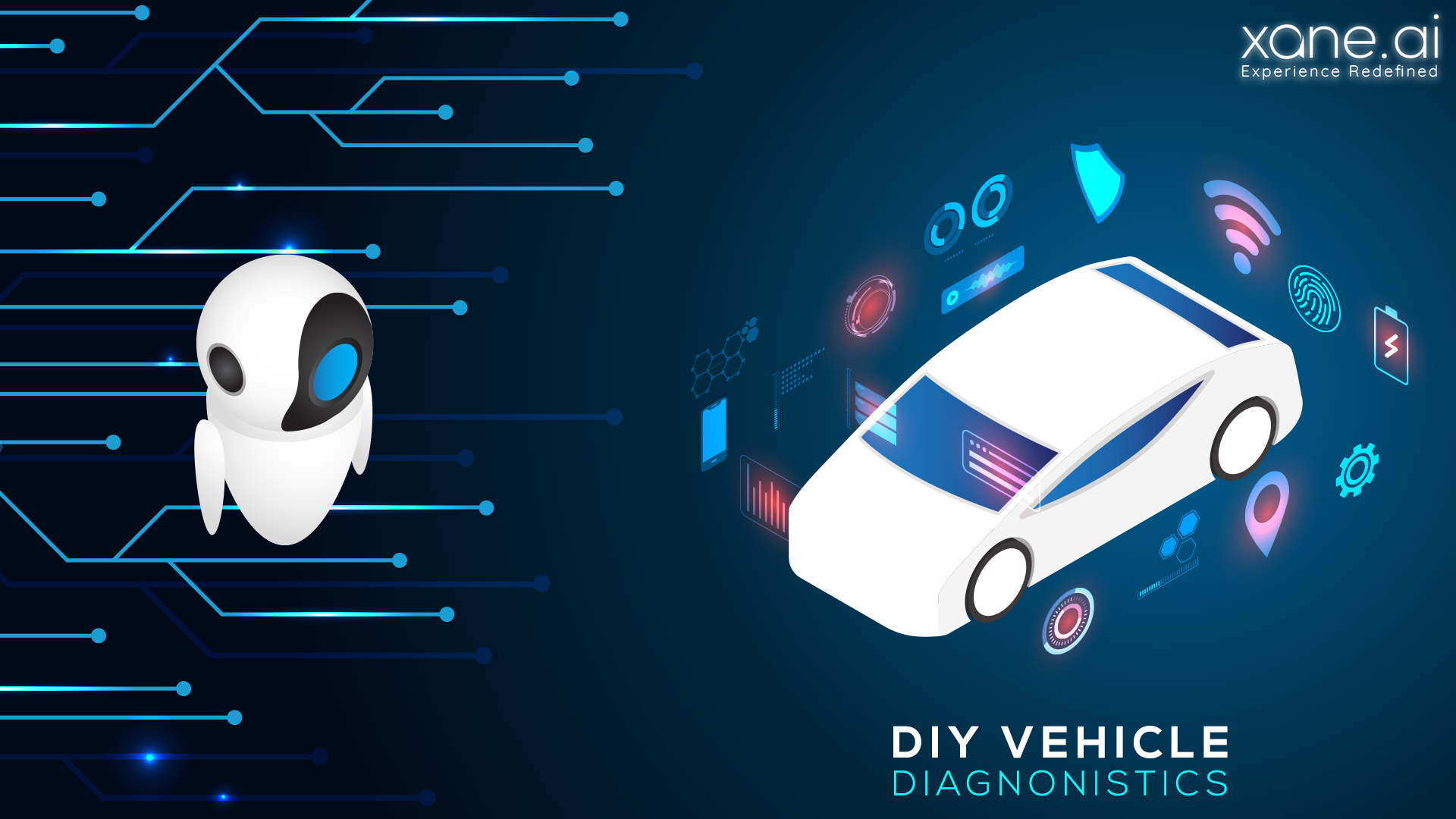
13 Oct DIY Vehicle Diagnostics Is Bringing Convenience And Saving Money For Companies And Businesses
Blog by Oluwasegun Oke
As we are bound to anticipate emergency discontinuations on the road, as a result of vehicle breakdowns, it makes the most sense, to make preparations on the inevitable occasions when the dashboard (Engine) light comes on. Which of course indicates and conclusively pinpoints areas to be repaired in the malfunctioning vehicle.
Likewise, in reply to a general question, consistent interrupted driving experience, misfiring, strange background noise, and other possible regions of immediate concern, may come as a need to replace the evaporative canister vent valve, add oil, fix mechanical fallouts, among hundreds of other possible automotive problems. Even more, when scanners and car code readers have become means to keep a man in full control of such well documented minor emergency automotive difficulties, faced in the course of his transportation activities.
Most especially, in relation to licensed and pocket-friendly fault-scan detectors, which effectively facilitate quicker and cheaper error detections, indicated thereon, without exacerbating existing vehicle issues — as you personally repair anomalies, and get back on the road. Without having to postpone your schedule, since it protects you against an incessant visit to nearby workshops, and likewise against launching further trademarks of seeking long-established solutions, to minor problems which can be fully and effortlessly resolved by DIY Vehicle Diagnostics.
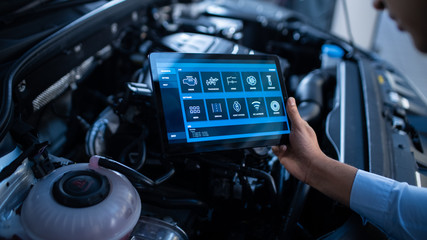
This comes as a rule, not to indulge in an excessive display of trust, and pay a high price for falling behind on updates or proven ways of reducing cost with respect to your cherished asset. In other words, the detection of vehicle errors has become a top priority to billions of drivers, due to technological breakthroughs, and modifications of adjoining components, as well as improved automotive mechanisms, necessitating complexity, under the current model of fault detection.
Unlike, old vehicles with relatively simple owners manuals, and few handy tools to work around sectional bolts and nuts, and gain access to affected components, DIY vehicle diagnostics offer more compatible, flexible, cheaper, timely, incontestable, conclusive, and handy methods of correcting detected anomalies. This is the basic reason to correctly apply DIY vehicle diagnostics before going to nearby dealerships or professional mechanics for help — but not until the fault is detected, as above personal efforts.
And in the following paragraphs, I will discuss in detail and provide technical insights, by highlighting major roles played by Do-It-Yourself Vehicle Diagnostics, in presenting succor to vehicle owners, while establishing markets for further application of AI, in more fields, and emphasizing its application, to save cost and time.
The most widely used DIY Vehicle Diagnostics and Mode of Operation
The OBD-II scanner and card cord reader remain of the best quality if aligned with your limited budget and subjected to users reviews across diverse orientations. It implies, for instance, that expedient parts are damaged, fluid leaks are ongoing, or vital components are getting worn out. DIY vehicle diagnostics guide you towards engaging in physical inspection, technical correction, and a hundred percent control of your troubled vehicle.
The sophisticated diagnostic connection system taps into your car’s computer and triggers the generation of fault codes, required to ascertain the cause of the problem.
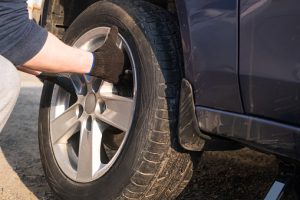
What are the benefits of on-board diagnostics (OBD) to Commercial Establishments?
It makes no difference over the emergency situation, either as an individual, or a car rental business owner. Such notions to continually splash scarce resources on every single malfunctioning issue, developed by your vehicle, can indeed crack the bank and lead to untold frustration. Regardless, man being defied once more, brainstormed further, to bridge this gaping shortcoming, by coming up with a system that is capable of detecting such sudden small inconsistencies in a vehicle, before the problem is escalated; thereby cutting down some level of losses. This system is referred to as on-board diagnostics.
OBD’s Mechanism on System Monitored Vehicles
While installed on your vehicle, it basically monitors and promotes consistent functionality of integrated systems, by detecting the slightest fault variations, in relation to and opposition to initial factory designs and specifications. This is reported through connected sensors, for correction. And in turn triggers a warning light in the vehicle’s dashboard, to pinpoint the areas for repair. Furthermore, to read the codes, you will have to plug a scan tool or code reader into the 16-pin OBD-II diagnostic connector, located under the dash near the steering column. The Dashboard then displays the particular codes that had turned on the Check Engine Light.
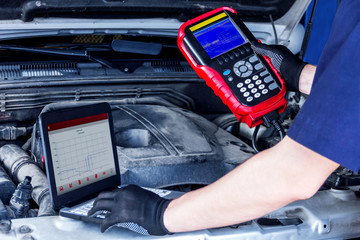
General Importance of Onboard Diagnostics
- OBD-II systems empower businesses starting out, hence, driving for exponential growth, with the rapid enhancement of profit, due to its compatibility across vehicles. As the code scanners differ and uniquely fit in, unlike GPS Tracking Software, discussed earlier. With such an upper hand, drivers only need a single scanner to run diagnoses on different vehicles, in the course of business, without having to lose money or waste time on restless episodes of picking up liability, if we reflect and look back on old methods.
- Favor the Call for DIY Solutions: Having highlighted earlier the technical indebt experience required for today’s driver to handle problems emanating from modern vehicle breakdowns, using GPS Tracking Software. As the revolution of incorporating self-diagnosis through OBD readers has indeed ended incessant footing of unnecessary mechanic bills and strengthened much more of the specific components reports available at your disposal. For instance, a faulty engine may erroneously become off, as due for replacement for certain busy drivers. Even as it only requires oiling to spark the malfunctioning engine back to life, if the driver reads it with an OBD-II scanner. Interestingly, if confronted by small problems, you can unleash DIY and eliminate the frustrating possibility of continual overspending at the garage. As a general thumb rule — spates of patronizing mechanics, further depreciate the efficiency and operations profits, as reflected by projected annual budgets of such fleet management enterprises.
- Cost less in Comparison to GPS Tracking Software: OBD-II System has improved and repositioned the automotive business to brace up for new beginnings, by focusing on telematics solutions so offered. As against hours of delay engagement experienced, by old generation fleet management companies, the effective monitoring and detection of faults using its software package on fleets of vehicles — generating various reports, tracking fuel, managing drivers, among others, remotely and conveniently. In the end, saving huge cost on investment, as against the holes-ridden commercial performance result of the GPS system.
- Discourage Pollution: OBD-II System helps advocate for the restoration of natural cycles, by preventing the emission of greenhouse gases, as it continually detects dangerous readings that correspond to due replacement for damages on your vehicle – with regards to usage of fleet emission control with time. This way, drivers know when to remove and service unwanted vehicles, as indicated by the dashboard, and thereon make informed decisions against the release of exhaust fumes, and thus, safeguarding public health. In essence, it reduces drivers’ requirement to treat or regularly check for composition and balance in connected vehicles’ exhaust fumes.
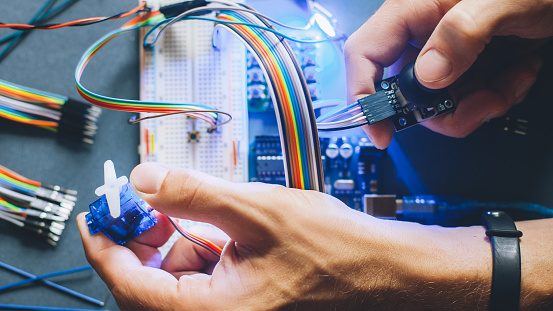
- Promote Fleet and Driver Safety: OBD-II system leads the way on drivers’ next journey, incorporating trackers that enhance safety for fleets of businesses, as the standard against incessant records of reckless driving patterns, thereby reducing the likelihood of accident occurrences. And for purpose of advance security and safety, fleet management software and OBD-II units monitor, keep a close watch on driver concentration, prevent unabated drunk driving, ignorance, bad habits, and so on, as drivers consistently monitor and adjust to stored records on past overall performance. Admittedly, it is therefore designed as a safety overview standard, equipped with censored monitors to boost system regulations, and exponentially improve the chances of getting lower insurance discount offers.
- Enhance Early Diagnosis of Defects: Early diagnosis comes in handy, by arresting the escalation of certain critical damages, which start at a slower pace at first. In addition, the resulted fault usually requires hefty loads of funds to achieved restoration.
- Save Time and Money: OBD-II installed vehicles perform optimally, smoothly, with no issues or requiring urgent attention, as a result of constant monitoring. As drivers are forewarned against potential crisis, which allows replacement of components under warranty, as expiration draws closer.
- Simplicity and Flexibility while on installation: Across brands of rental vehicles, installations of tracking device requires no professional input. And so, the traditional practice of repeatedly attaching and reattaching from one vehicle at a time, of the OBD-II tracker goes smoothly and accordingly, without professional attention. And on balance, with enough flexibility and remotely working, over monitoring of indicated conditions of such connected vehicles, leading to a huge return on investment for the fleet management companies. This ensures there are no glitches in the initial connection and installation of the tracking device with the OBD-II diagnostic port.
- Portability: Being a form of peace of mind, especially under adverse weather conditions, it can be brought along for trips on expedient occasions, to detect urgent problems, while keeping your distance from professional mechanics.
